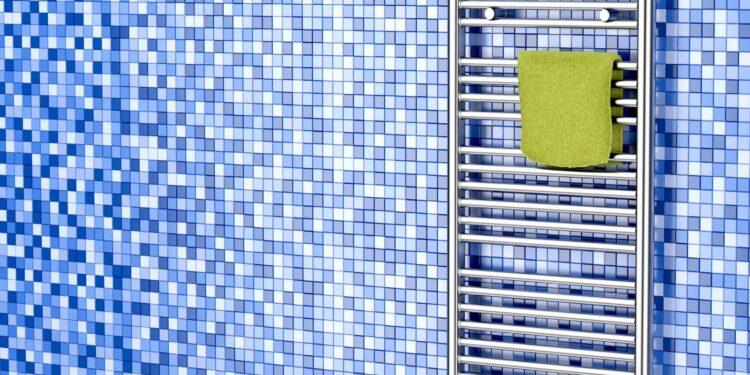When we think about ways to keep our homes warm and cosy while reducing energy consumption, one solution that often springs to mind is the utilisation of towel radiators. Not only do these devices dry your towels, but they also provide much-needed heat output in the colder months. However, merely installing these nifty devices doesn’t guarantee energy efficiency. Understanding how to optimize their use is key. This blog will introduce some energy efficiency tips for using towel radiators.
Right Radiator, Right Place
One of the ways to save energy is to ensure the efficient use of your towel radiator. Firstly, these radiators should be installed in places where they are most needed. Since they’re most commonly used in bathrooms, their appropriate location is in close proximity to the shower or bath, where they can effectively dry your towels. Moreover, towels act as insulators and absorb much of the heat, so having your radiator strategically positioned will ensure sufficient heating throughout the space.
Use Timers and Thermostatic Radiator Valves
Another smart way to optimize your energy consumption is to put your towel radiators on a timer. Attached to your central heating system, a timer will ensure the radiator dries the towels when you most likely need them, like in the morning or before bedtime, avoiding unnecessary energy use during the day.

Likewise, incorporating a thermostatic radiator valve (TRV) can help regulate the temperature and prevent overheating, leading to energy savings.
Maintain Your Radiators
Regular maintenance is key to any device’s longevity and efficiency, and towel radiators are no exception. A good tip is to bleed your radiators periodically to eliminate any trapped air inside that could hinder their performance. Additionally, it’s crucial to clean them regularly to prevent dirt and dust from blocking the heat output. A well-maintained radiator operates at optimum levels and consumes less energy.
Consider the Size and Output
The size of your bathroom and the output needed to heat it effectively are essential considerations. Selecting a towel radiator with a suitable BTU (British Thermal Unit) rating for your space can boost energy efficiency. A radiator that’s too large for the area will consume more energy, while one that’s too small won’t adequately heat the room. As a guide, an average-sized bathroom typically requires a 1,000 to 1,500 BTU radiator.
Insulation for Efficiency
Well-insulated bathrooms help retain heat better and longer, making your towel radiators more energy-efficient. Consider insulating your exterior walls, floors, and even your windows. Efficient insulation reduces heat loss and therefore the energy required to maintain a comfortable temperature, ultimately reducing your heating costs.

Incorporating these simple yet effective energy efficiency tips can help you get the most out of your towel radiators. By using them wisely, you can maintain a warm and cozy bathroom while conserving energy and saving money. The key is to strategise around your specific needs and circumstances in order to optimise their use. So go ahead and enjoy the warmth and convenience your towel radiator brings without energy-efficiency worries.









